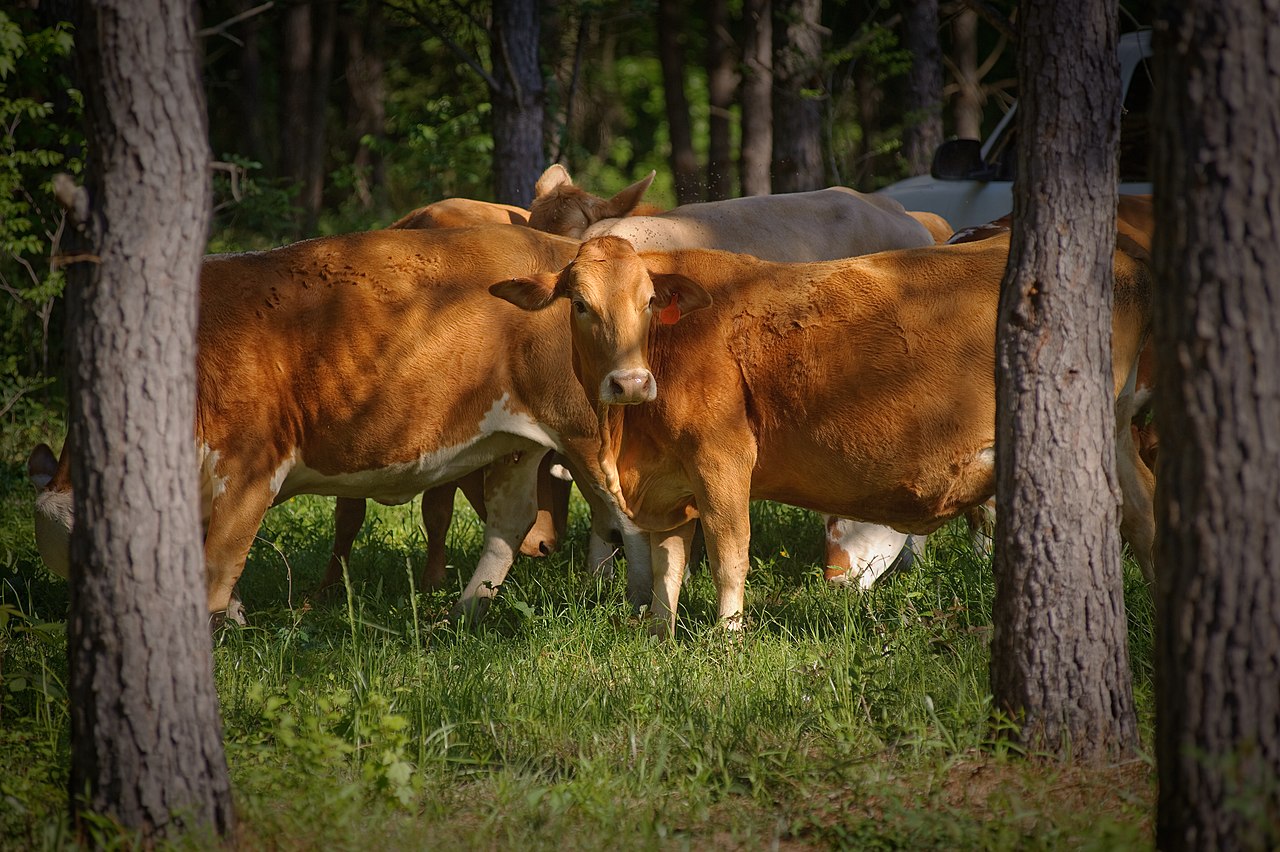Your cart is currently empty!
Search
Category
-
Permaculture Design Principle Deep Dive #11 – Make The Least Change For The Greatest Effect ~ Epi-56
on
Continue Reading: Permaculture Design Principle Deep Dive #11 – Make The Least Change For The Greatest Effect ~ Epi-56Today we take a deeper look at the 11th permaculture design principle: Make The Least Change For The Greatest Effect. This principle is about economy of effort. When designing a sovereign homestead, we need to make sure that our systems are providing us with not only the right types of yields, but also in sufficient…
-
Permaculture Design Principle Deep Dive #10 – Optimize The Edge ~ Epi-055
on
Continue Reading: Permaculture Design Principle Deep Dive #10 – Optimize The Edge ~ Epi-055In today’s episode we take a deep dive into Permaculture Design Principle #10 – Optimize The Edge. We will discuss: Edge: What is it exactly? The real-world effects of edges in your homestead landscape with regards to energy translation, species diversity and overall productivity. How to manage edge for physical environments/elements to get more of…
-
Permaculture Design Principle Deep Dive #9: Choose Small-Scale, Intensive Solutions ~ Epi-054
on
Continue Reading: Permaculture Design Principle Deep Dive #9: Choose Small-Scale, Intensive Solutions ~ Epi-054This week we look at Permaculture Design Principle #9: Choose Small-Scale, Intensive Solutions. This is all about managing intensively in a small footprint at the start – and expanding what works and changing or eliminating what does not. We’ll talk about the importance of testing your systems before expanding them by conducting Safe To Fail…
-
Silvopasture – Sustainable Food Systems For The Era Of Energy Descent
on
 Continue Reading: Silvopasture – Sustainable Food Systems For The Era Of Energy Descent
Continue Reading: Silvopasture – Sustainable Food Systems For The Era Of Energy DescentSilvopasture is one type of agroforestry system, which is a catch-all term for managing multi-species tree-based systems for the production of valuable products (food, fiber, fodder, fuels, timber, medicine and more), often in concert with livestock and annual or perennial crops. There are six main types of agroforestry practices, between which there can be considerable…
-
Permaculture Design Principle Deep Dive #8 – Integrate, Don’t Segregate ~ Epi-053
on
Continue Reading: Permaculture Design Principle Deep Dive #8 – Integrate, Don’t Segregate ~ Epi-053Today we take a deeper look at Permaculture Design Principle #8 – Integrate, Don’t Segregate. This principle is fundamentally about ‘stacking functions’ – a common term we hear a lot in perma-speak – but what does that really mean and HOW do you go about doing it? We’ll talk nuts and bolts of creating functionally…
-
The Prime Directive, Ethics & Principles Of Permaculture
on
Continue Reading: The Prime Directive, Ethics & Principles Of PermacultureWhen learning about permaculture, we often hear about the ethics and the principles. Less often do we hear the Prime Directive, which is unfortunate, because it frames up the ethics and principles beautifully as guidelines for moving one’s own life into greater alignment with natural pattern based on individual action. We don’t have to wait…
-
Permaculture Principle Deep Dive #7: Design From Patterns To Details ~Epi-52
on
Continue Reading: Permaculture Principle Deep Dive #7: Design From Patterns To Details ~Epi-52Design from pattern to details. Anyone who has read a permaculture book has heard this – but how to actually DO IT? Today we talk about Natural Constants and the Yeomans Scale of Permanence as tools you can use to help you design from big, broad, largely immutable patterns down to small, granular, actionable details.…
-
Permaculture Design Principle Deep Dive #6 – Make No Waste ~ Epi-51
on
Continue Reading: Permaculture Design Principle Deep Dive #6 – Make No Waste ~ Epi-51Today we’re talking about the 6th permaculture design principle: Make No Waste. In Nature, “waste” = food. How can we design our homesteads and the various life support systems on them such that the “waste” from one becomes the food for another? How many energetic loops and connection can we create between elements, systems and…
-
Permaculture Principle Deep Dive #5 – Use And Value Nature’s Gifts ~ Epi-50
on
Continue Reading: Permaculture Principle Deep Dive #5 – Use And Value Nature’s Gifts ~ Epi-50Today we continue our Deep Dive series on the 12 foundational principles of permaculture. In this episode we take a deeper look at Principle #5: Use And Value Nature’s Gifts / Collaborate With Succession / Work With Nature, Not Against It. There are numerous different ways this principle is written, and we’ll explore the nuance…
-
Permaculture Design Principle Deep Dive #4 – Self Regulate And Accept Feedback ~ Epi-049
on
Continue Reading: Permaculture Design Principle Deep Dive #4 – Self Regulate And Accept Feedback ~ Epi-049In today’s episode we continue with our Permaculture Design Principle Deep Dive Series with Principle #4 – Self Regulate And Accept Feedback. We talk about why those two terms – ‘self regulate’ and ‘accept feedback’ come packaged together, and how each is important to create an environment that promotes rapid iteration and ‘safe to fail’…
Land planning fundamentals for creating a homestead that works for you by working with Nature…

Building Your Sovereign Homestead
~ The First 60 Days On The Land ~
Foundational Principles To Lay Out Your Water, Access, And Structures To Maximize Productivity And Function, Minimize Maintenance And Avoid Expensive Mistakes
Regenerative Design Fundamentals
~ Article Series ~
- Regenerative Waterscaping
- Vehicle Access Fundamentals for Regenerative Land Design
- DIY Soil Fertility Series
- Regenerative Economics Series
Browse Articles by Category



